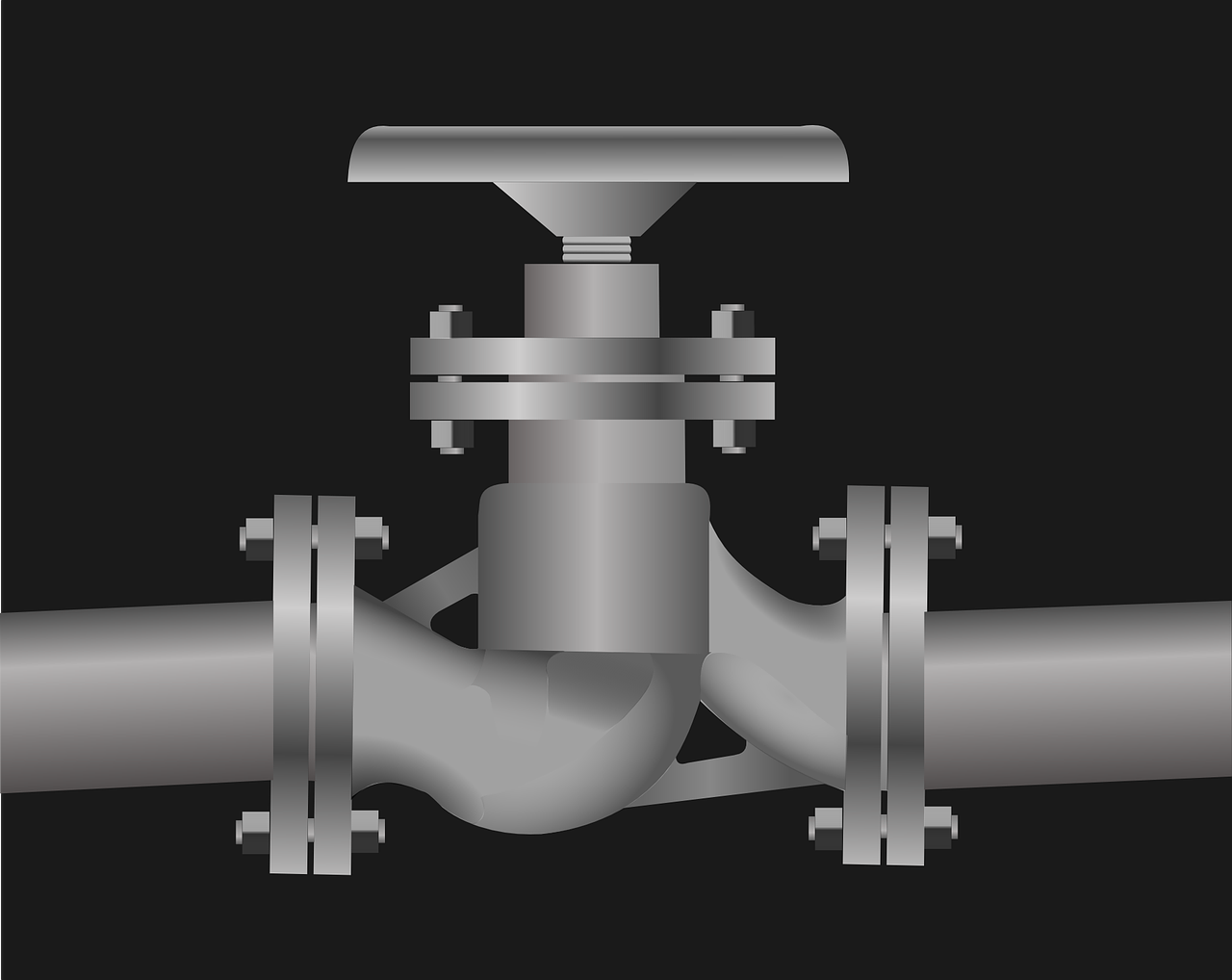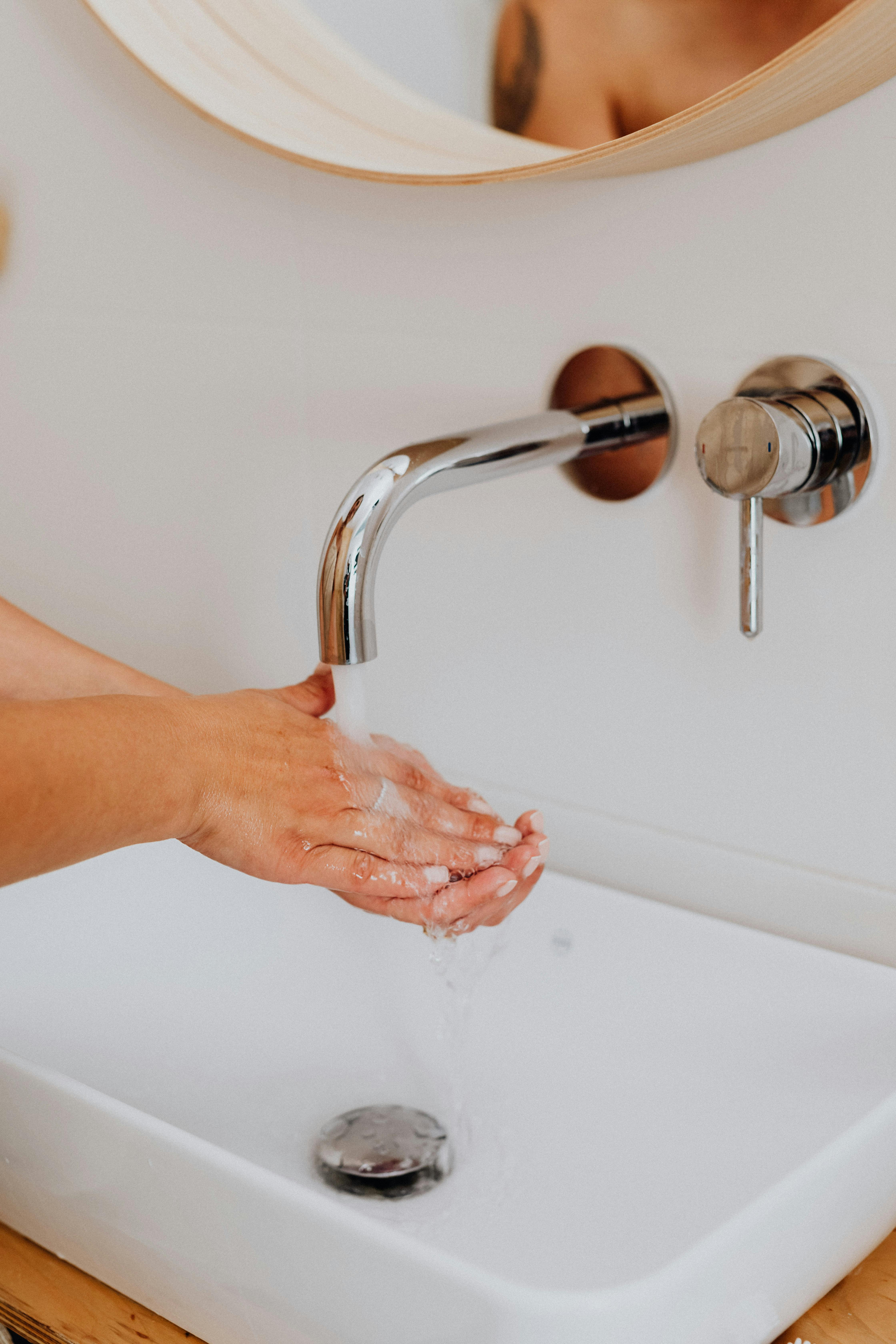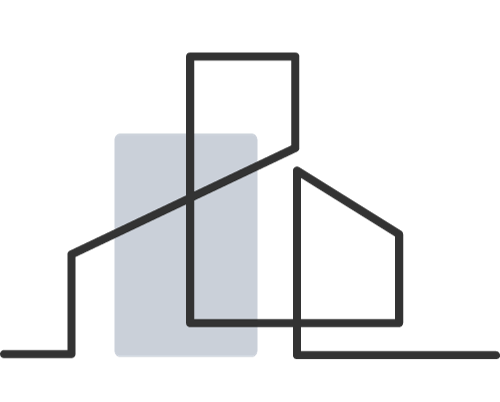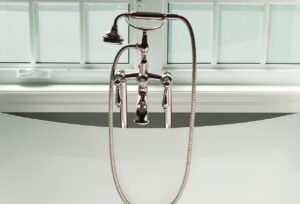
Have you ever wondered if your kitchen sink is connected to your bathroom sewage pipe? The plumbing system in your home can be quite complex, and it’s natural to have questions about how different fixtures are interconnected. In this article, we will explore the basics of plumbing systems, including the supply system and the drainage system. Specifically, we will discuss the connection between kitchen sinks and bathroom sewage pipes, whether they share common drain lines or have independent systems. We will also touch on the importance of vents and traps in ensuring the proper functioning of your plumbing fixtures. So, if you’ve ever questioned the interconnectivity of your kitchen sink and bathroom sewage pipe, read on to learn more.

The Basics of Plumbing Systems
Before we delve into the question of whether your kitchen sink is connected to your bathroom sewage pipe, let’s take a moment to understand the basics of a typical residential plumbing system. A plumbing system consists of two primary parts: the supply system and the drainage (or waste) system.
-
Supply System:
- The supply system is responsible for bringing safe drinking water into your home.
- Water is transported through a network of pipes to various fixtures such as faucets, showers, and appliances.
- The water can be sourced from a well or a municipal water supply.
-
Drainage System:
- The drainage system is responsible for removing wastewater and sewage from your home.
- Wastewater flows through drainpipes and eventually connects to the main sewer line or a septic tank.
Understanding these basic components of a plumbing system will provide a foundation for understanding the connection between your kitchen sink and bathroom sewage pipe.
Understanding Drainage Systems
Drainage systems are designed to efficiently carry wastewater away from the fixtures in your home. To achieve this, a system of pipes is installed beneath the floors and inside the walls. These pipes are typically made of materials such as PVC, cast iron, or copper.
-
Individual Fixture Drains:
- Each plumbing fixture, including sinks, showers, and toilets, has its own drain line.
- These individual drain lines connect to larger branch-drain pipes, consolidating the wastewater from various fixtures.
-
Venting System:
- Vent pipes are an essential component of the waste system as they allow air to enter the system, facilitating smooth flow.
- Vent pipes prevent airlock, which can obstruct drainage and help balance the system’s pressure.
Understanding how drainage systems are designed will provide insight into the interconnectivity of different plumbing fixtures in your home.

Traps and Their Role
One crucial component of any waste system is the trap. A trap is a curved section of pipe designed to hold a small amount of water, creating a seal that prevents sewer gases from entering the living space. Both kitchen sinks and bathroom installations are equipped with traps.
P-Trap:
- A common type of trap found in bathroom and kitchen sinks is the P-trap.
- It gets its name from its unique shape, which resembles the letter “P”.
Traps play a vital role in maintaining the hygiene and safety of your home by preventing unpleasant odors from entering your living space.

Connection Between Kitchen Sink and Bathroom Sewage Pipe
Now, let’s address the core question: Is your kitchen sink connected to your bathroom sewage pipe? The answer is both yes and no, depending on the specific plumbing layout of your home.
-
Common Drainage Lines:
- In many homes, kitchen sinks and bathroom fixtures may share common drain lines.
- These common drain lines eventually connect to the main sewer line or septic system.
-
Independent Drains:
- Some houses may have independent drain lines for each fixture.
- In such cases, the kitchen sink and bathroom sewage pipes do not directly connect, and each fixture has its own dedicated drain line.
-
Venting and Traps:
- While the drainage lines may be interconnected, each installation has its own venting system and trap.
- The venting system ensures proper airflow and prevents airlock, while the trap creates a barrier against sewer gases.
It’s important to note that the specific connection between your kitchen sink and bathroom sewage pipe will depend on the design and layout of your plumbing system.

Professional Plumbing Assessments
To accurately determine the plumbing layout of your home and understand how your kitchen sink and bathroom sewage pipes are connected, it is advisable to consult with a licensed plumber. A professional assessment can provide insights into the unique configuration of your plumbing system and address any specific concerns.
It is always a good idea to seek the expertise of a qualified plumber when dealing with plumbing issues or when seeking a comprehensive understanding of your plumbing infrastructure.

Conclusion
The connection between your kitchen sink and bathroom sewage pipe can vary depending on the design and layout of your home’s plumbing system. Whether they share common drain lines or have independent systems, the presence of traps and vent pipes ensures the proper functioning of each fixture.
By understanding the basics of plumbing systems, homeowners can make informed decisions and effectively address any plumbing issues that may arise. However, if you have any doubts or concerns, it is always recommended to consult a qualified plumber who can assess and address your specific plumbing needs.





